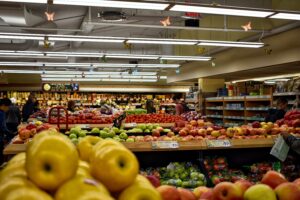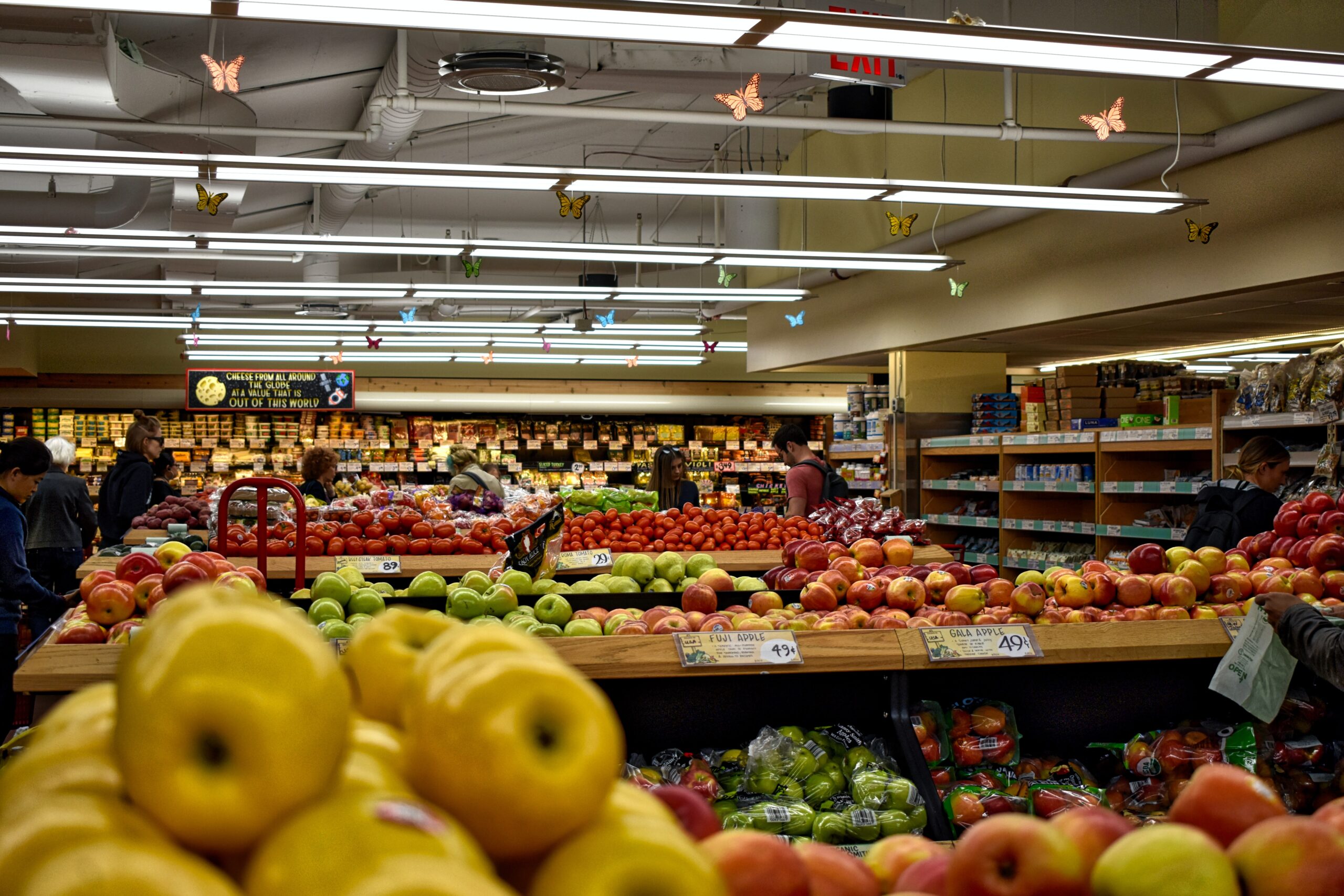Inflation skyrocketed in April, never so high in 31 years: 6,8%

TORONTO – Skyrocketing prices: from gasoline to chicken, a daily bloodletting. The cost of living continues to rise at the fastest pace in decades, with Canada’s official inflation rate in April rising at an annual pace of 6.8%, a new 31-year high.
And data from Statistics Canada shows that the cost of living has increased mainly due to the increase in the price of food and housing expenses. In the last year, food prices have risen by 9.7% while housing costs – rent, mortgage, various bills, taxes and so on – have risen by 7.4%.
Global factors, including the war in Ukraine and the supply of grains, as well as outbreaks of bird flu and extreme weather events in the United States, underlie the price increases in agricultural products and meat.
The shopping cart has become increasingly difficult to fill and families find themselves shelling out much more than a year ago and, when the money is not enough, even having to tighten their belts.
Among the products that are most expensive are fresh vegetables, +8.2%, fresh fruit, +10%, meat, +10.1%, bread, +12.2%, coffee, +13.7%, pasta, +19.6%, rice +7.4%. Finally, the cost of food in restaurants rose by 6.6%.
“Rising food prices are a global problem and we can directly correlate those price increases to what is happening in Ukraine,” economist Royce Mendes of financial services conglomerate Desjardins told CBC News.
Gasoline has been a major driver of inflation in recent times, but pump prices actually fell 0.7% in April after rising more than 11% the previous month. Compared to a year ago, however, fuel prices are still rising by more than a third.
Economists expected the overall inflation figure to fall slightly from the 6.7 percent level in March, but instead rose slightly. This is the worrying sign that inflation has yet to peak, even though it is already at its highest level since 1991.
Canada’s federal government agency also said that higher prices for things like fertilizers and natural gas continued to increase costs for farmers, who passed on some of these price increases to products.
Contributing to the overall increase in the cost of living was also a 7.4% increase in housing expenses since, for example, the cost of heating a house is higher. Natural gas increased by 22.2% and fuel oil and other fuels rose by 64.4%. Compared to a year ago, consumers paid 36.3% more for gasoline in April, however the rise was less than the year-on-year increase of 39.8% recorded in March.
Excluding gasoline, April’s annual rate was 5.8% compared to a year-on-year increase of 5.5% in March.
At the provincial level, Ontario recorded an inflation rate of 6.9% in April, down slightly from the 7.0% reported in March. Also in Alberta, last month, the cost of living fell slightly to 6.3%.
British Columbia posted the biggest monthly jump, with the consumer price index in the province rising to 6.7% from 6.0% the month before.
Meanwhile last month Prince Edward Island maintained its inflation rate of 8.9% which is the highest percentage of any province.



